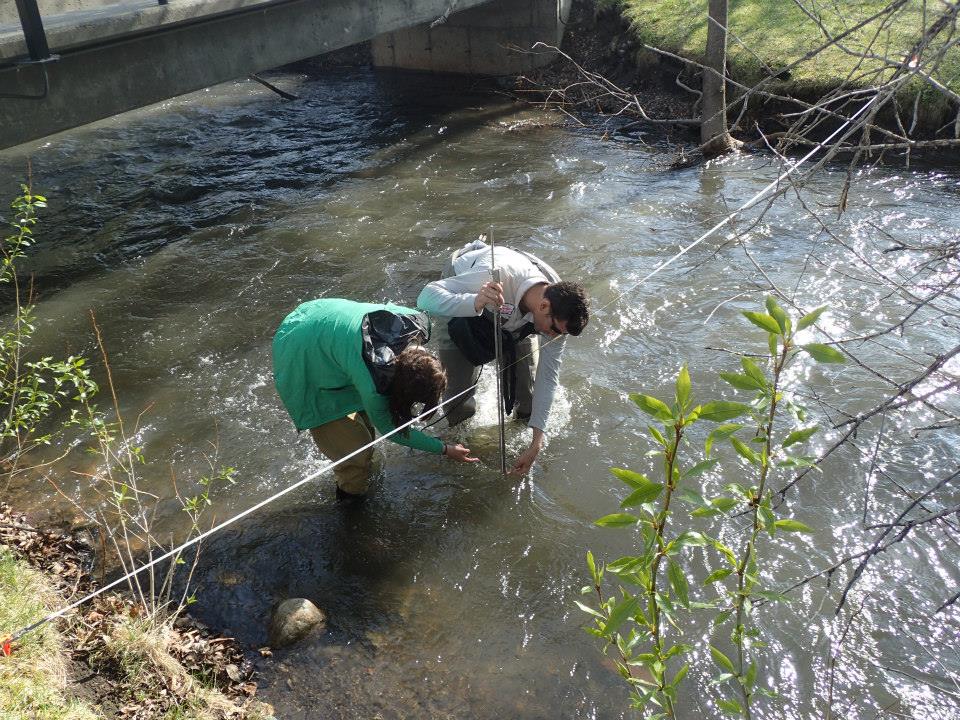Spring has sprung. The air is getting warmer. Dogtooth violets are blooming in abundance. High in the mountains the snow has started to melt. Over the past few weeks, you may have noticed the river changing.

Dogtooth violets (Erythronium grandiflorum) are one of the first sure-fire signs of the Montana spring. Also known as: glacier lily, fawn lily, avalanche lily, and adder’s tongue these bulbs provide a tasty snack for grizzly bears, elk, deer, and bighorn sheep!
Rivers ebb and flow with the seasons. During the winter, water levels are low. Water, in the form of snow, is stored high in the mountains. But in the spring, run-off from snow-melt causes streams and rivers to swell. Rivers become cloudy with sediment carried by the raging water. Throughout the summer and fall, water flowing in the stream slowly drops and becomes clearer once again.
Scientists have developed tools to measure the changing seasons in the river. Turbidity and streamflow are two common parameters monitored to determine the size and timing of spring run-off.
Turbidity is a measure of how clear the water is. The amount of particles suspended in water – such as clay, silt, sand, algae, plankton, and microbes – cause turbidity to increase. Scientists measure water clarity two different ways: 1) a disk that is lowered into the water until it disappears or 2) a probe that measure how light travels through water.
Streamflow is the amount of water flowing through a specific point in a stream, at a specific time. Scientists monitor the height of the stream above a specific point and velocity of the water. These two measurements are used to calculate streamflow in units of cubic feet per second (cfs).

Holly, a Big Sky Watershed Corps Member (BSWC), and James, a Montana Conservation Corps board member, measure streamflow in Bozeman Creek last week.
 These days, the river is turbid and raging. Spring is finally here! Every year the Gallatin River Task Force holds a run-off raffle to support conservation and restoration work on the Gallatin River. Stop by one of Big Sky’s finest bars and guess the date and peak streamflow (cfs) for run-off on the Gallatin this spring.
These days, the river is turbid and raging. Spring is finally here! Every year the Gallatin River Task Force holds a run-off raffle to support conservation and restoration work on the Gallatin River. Stop by one of Big Sky’s finest bars and guess the date and peak streamflow (cfs) for run-off on the Gallatin this spring.
Last year, the Gallatin peaked at 6,5,60 cfs on May 29th with snowpack 121% of average. This year, snow water equivalent (SWE) for the Gallatin Basin is at 59%. You do the math.

